|
Frederick William Hess, Jr
Major
390TH TAC FTR SQDN, 366TH TAC FTR WING, 7TH AF United States Air Force Kansas City, Missouri October 20, 1943 to May 22, 1979 (Incident Date March 29, 1969) FREDERICK W HESS Jr is on the Wall at Panel W28, Line 81 |
  |
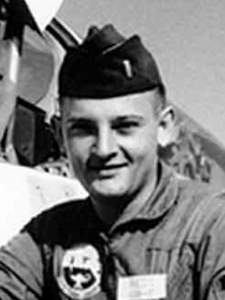
|
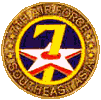
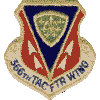
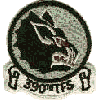
| |
|
390th Tactical Fighter Squadron

To the friends and family of Major Frederick W. Hess: I have had Major Hess's POW/MIA bracelet since 1970. He has been on my mind more often than normal lately and I just wanted to let you know that he is not forgotten. If I'm not wearing his bracelet, it sits within my sight every day. His picture hangs on the wall of my office as a constant reminder that he is more than just a name engraved in metal or stone. I pray for him, his wife and daughter and hope someday we all have closure on his sad and unfortunate loss. I welcome his family, or anyone that knew him, to e-mail me.
God's richest Blessings to you,
Mary Wayman 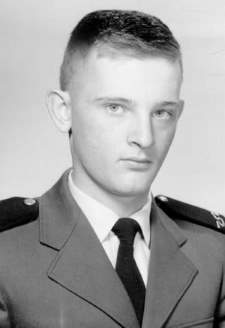
|
|
Frederick William Hess was a 1966 graduate of the Air Force Academy. 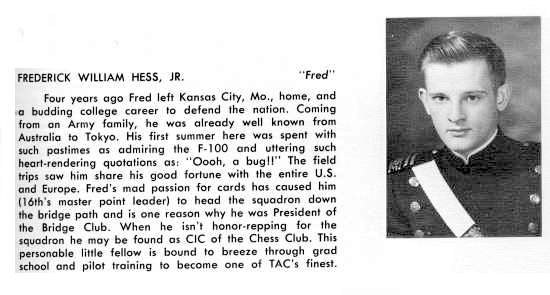
Following graduation, he trained in the F-4 Phantom and received orders to the 390th Tactical Fighter Squadron, Da Nang AB, RVN. 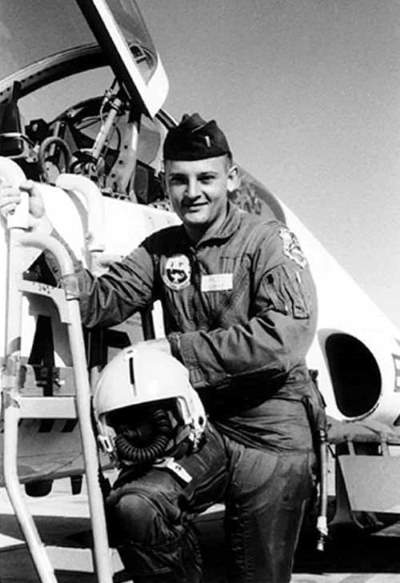
The C-123 Provider aircraft that were used in defoliant spraying were increasingly vulnerable to anti-aircraft fire along the Ho Chi Minh Trail. As a result, the Air Force decided to test using "fast mover" aircraft in the spray mission role. The 390th TFS at DaNang AB was selected as the test squadron and several F-4D aircraft were fitted with modified under-wing tanks to carry and spray the defoliant. Tactics involved three F-4Ds flying in a "V" formation at 500 knots and 100 to 200 feet above ground, allowing a swath ten miles in length and 300 feet in width to be sprayed in little over a minute's time. After test trials combat spray missions began on 25 January 1969. The seventh mission was flown on 29 March 1969. Captain W. J. Popendorf, pilot, and 1LT Hess, copilot, flying F-4D tail number 66-8809, were on that mission, targeting an area of Highway 915 near Ban Topen about 15 miles south of the Ban Karai Pass. The three aircraft made their first pass successfully, but as they came around for a second pass Popendorf's aircraft was hit by enemy fire. As he pulled up the F-4D began an uncontrollable roll and both Popendorf and Hess made a high-speed, low-altitude ejection. Although injured in the ejection, Popendorf was picked up by a SAR helicopter about three hours later. Despite a ten-hour SAR effort no trace of Hess was found. He was classed as Missing in Action at termination of the formal SAR effort. The combination of frequent spray tank failures and this loss terminated the "fast mover" spray mission tests. On 22 May 1979 the Secretary of the Air Force approved a Presumptive Finding of Death for now-Major Frederick Hess. As of 2018 his remains have not been repatriated. American Forces Press Service
ARLINGTON, Va., March 17, 2000 - Bahar Hess was 24 with a young daughter when her husband's aircraft was shot down over Laos on March 29, 1969. "Hope that he was going to be found" was her initial reaction to the devastating news. "I still hold on to that hope today, because we don't have an accounting," Hess said recently here at DoD's annual POW-Missing Personnel breakfast. "We don't have anything more than we did the first day the news came." Air Force 1st Lt. Frederick W. Hess Jr., a native of Kansas City, Mo., was 26 when the F-4D Phantom II jet he was copiloting on a defoliation mission went down in the Laotian jungle. The pilot ejected and was rescued, but rescuers couldn't find Hess, a member of the 390th Tactical Fighter Squadron at Da Nang, South Vietnam. The Air Force administratively changed his status from missing to killed in action on May 22, 1979, and promoted to him to the rank of major. Since his remains have not been recovered and returned to his family, DoD lists him as unaccounted for in Southeast Asia. The "unaccounted for" status helps Hess hold onto the hope her husband's still alive. "This is the second prayer breakfast I've attended," she said. ""Without faith in God, I couldn't have survived. That's how I hold onto the hope that he's still alive. And that's why I never remarried." A member of the National League of POW/MIA Families, Hess said, "when you go to the annual convention, you see people that are kind of in the same boat. It's comforting being with people who have similar situations who share common causes and feelings." Reminiscently, Hess said she met and fell in love with her husband while she was a Fulbright scholar at Georgetown University in Washington. Her then soon-to-be husband, an Air Force Academy (Colorado Springs, Colo.) graduate, was working on a master's degree at Georgetown. Hess, a native of Turkey, accepted the Fulbright "because this is the best place to get a higher education." Emigrating in 1962, she majored in international relations with hopes of working at the United Nations. That dream never became a reality, but she spent 11 years as secretary to the ambassador at the Turkish Embassy in Washington. "When I got married, I started moving all over the country with my husband," Hess said. After he was listed as missing in action, she returned to the embassy secretarial job in 1970 and remained there until 1979. Today, Hess is concerned that the American public's interest is waning in its unaccounted for servicemen. She tries to keep interest alive in them through local political activities, and since retiring in 1979 also spends her time volunteering for the American Red Cross, Salvation Army and the Women's Club of Arlington. "I just take each day at a time," she said. "There have been some good days, some terrible days, but every day I'm hopeful that I'm going to find out what happened to my husband. I never had an unmarked grave for him, because it's very difficult to deal with. I would like to have a place where I can go an say this is where he's buried." Hess said the most difficult time was in 1973, when more than 500 prisoners of war returned home. "I've relived those few days when we were waiting to see if our loved one's name was going to be on that list," Hess said. "That was even harder than the day the news of him being missing came." Hess' daughter, Christine Bahar Hess, was a year-and-a-half old when her father was shot down and too young to remember him. "It has always been me and mom," said Christine, who attends the prayer breakfasts with her mother. "My mom did such a great job that I never had anything missing." Christine Hess said children of missing servicemen who don't remember their fathers sometimes develop memories. "The lack of experiences with their fathers means more as children get older," she noted. "You start thinking about things you never thought about before: Would I have had brothers and sisters? Would we have moved (to another city or another state)? Where would I be living now? How would my life be different?" There were difficult times during her early years when other children would ask where her father was and other questions. "I didn't have any easy answers because that's hard to explain to kids when you're a kid," said Hess, today the manager of industry programs at the National Association of Home Builders in Washington. She was 25 when she joined Sons and Daughters in Touch, an organization formed in 1992 of children of servicemen who were killed in action or are listed as missing. "It was good talking to and sharing experiences with other people who were a little older than me and had memories that I didn't have," Hess said. She thinks her life would be different had her father been with her as she grew up. Bahar Hess said not only did she and her daughter lose a wonderful husband and father, "his death was a great loss for humanity and this country. He was a bright individual who would have given so much to his community and his country. Hess compared her husband to President Kennedy. "There was something special about him," she said. "The only other person I've seen it in was President Kennedy. He has a special sparkle in his eye -- lights of intelligence and compassion. It was almost like he and President Kennedy were super humans." - - The Virtual Wall, Dedcember 16, 2018
|
| Contact Us | © Copyright 1997-2019 www.VirtualWall.org, Ltd ®(TM) | Last update 08/15/2019 |